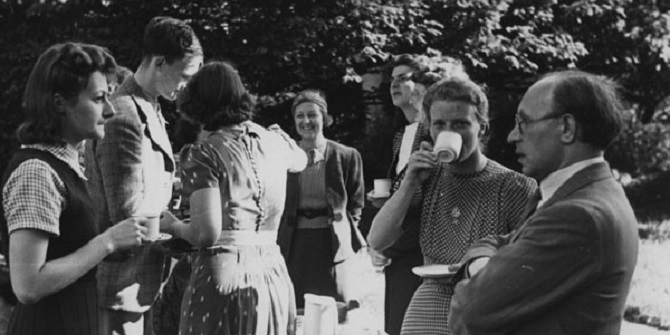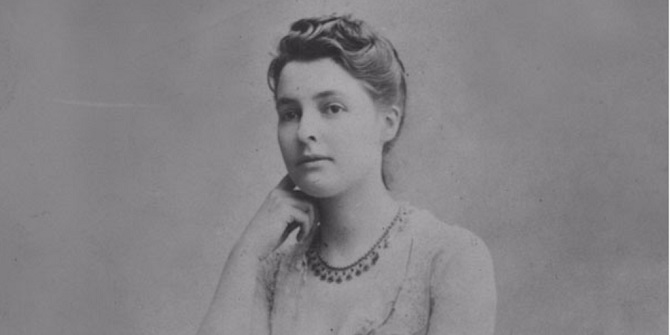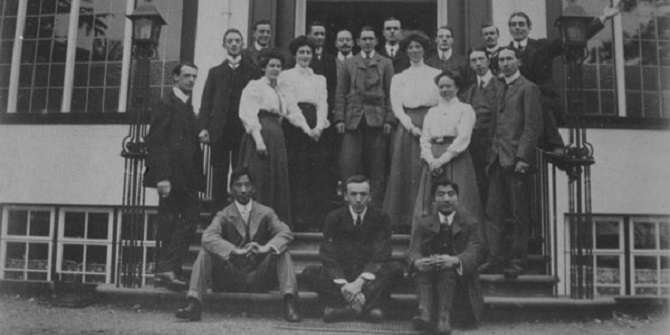Flora Murray used her medical experience to support Suffragettes recovering from hunger strike in prison and advocate for the British War Office’s acceptance of services offered by women surgeons. This is the second blog post in the Remember the Suffragettes blog series, looking at the lives of four suffrage campaigners from our Women’s Library.
Flora Murray (1869-1923) was a predominant doctor and suffragette during the early 20th century. Her medical career began in 1890 when she became a probationer nurse at the London Hospital in Whitechapel. Flora then went onto study with the London School of Medicine for Women, the University of Durham and the University of Cambridge.
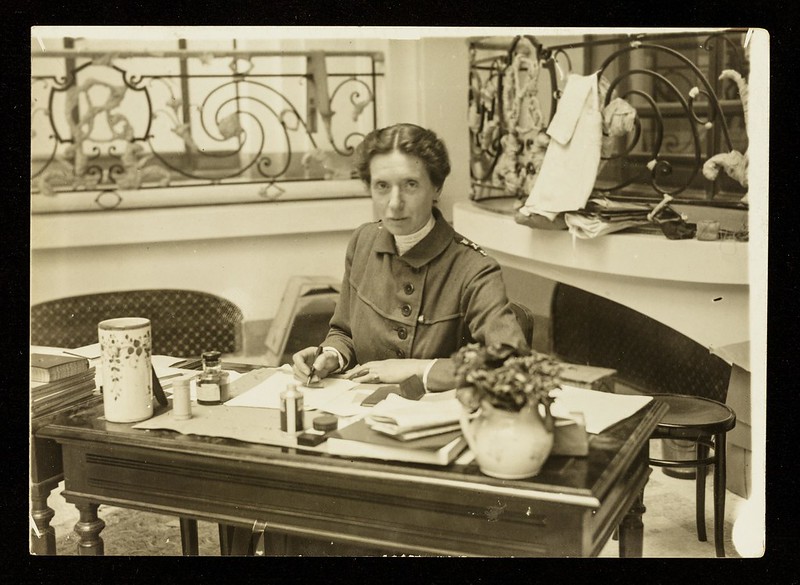
After completing her studies, Flora began working with the Belgrave Children’s Hospital, the Chelsea Hospital for Women, before founding the Women’s Hospital for Children with her partner Louisa Garrett Anderson.

During this time Flora became very engaged in the Suffragette movement. She participated in Millicent Fawcett’s National Union and Emmeline Pankhurst’s Women’s Social and Political Union (WSPU). Flora made use of her medical knowledge in the movement by providing care to Suffragettes recovering from hunger strike in prison.
Due to discrimination against female doctors, Flora and Louisa were unable to work in mainstream hospitals and with male patients. However, the outbreak of the first World War provided new opportunities. Together Flora and Louisa founded the Women’s Hospital Corps and set up a hospital in France. They were then asked to set up a hospital based in London, at Endell Street in Covent Garden.

Flora sadly died of cancer in 1923 at the age of 54. Flora and Louisa’s achievements were remembered by fellow Suffragette Evelyn Sharp in her 1933 book An Unfinished Adventure:
It was in a way a triumph for the militant movement that these two doctors, who had been prominent members of the WSPU, were the first to break down the prejudice of the British War Office against accepting the services of women surgeons.
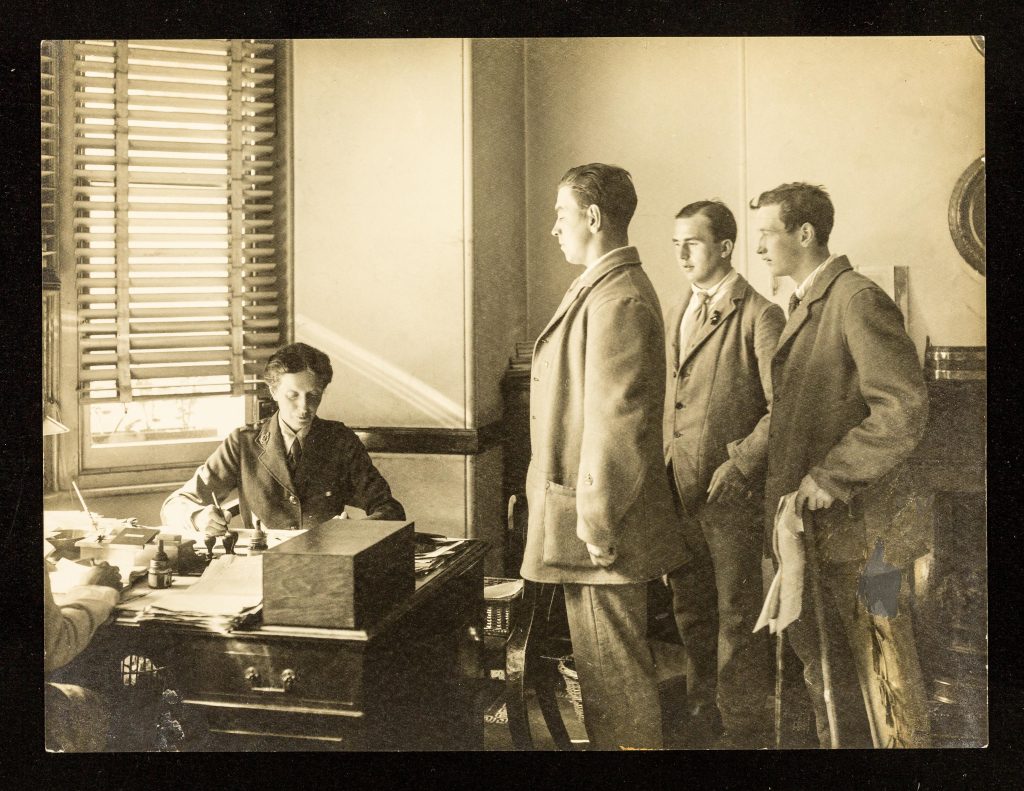
Find out more about The Women’s Library collection
Posts about LSE Library explore the history of the Library, our archives and special collections.
Please read our comments policy before commenting
This post was originally posted as a Twitter thread by LSE PAGE


